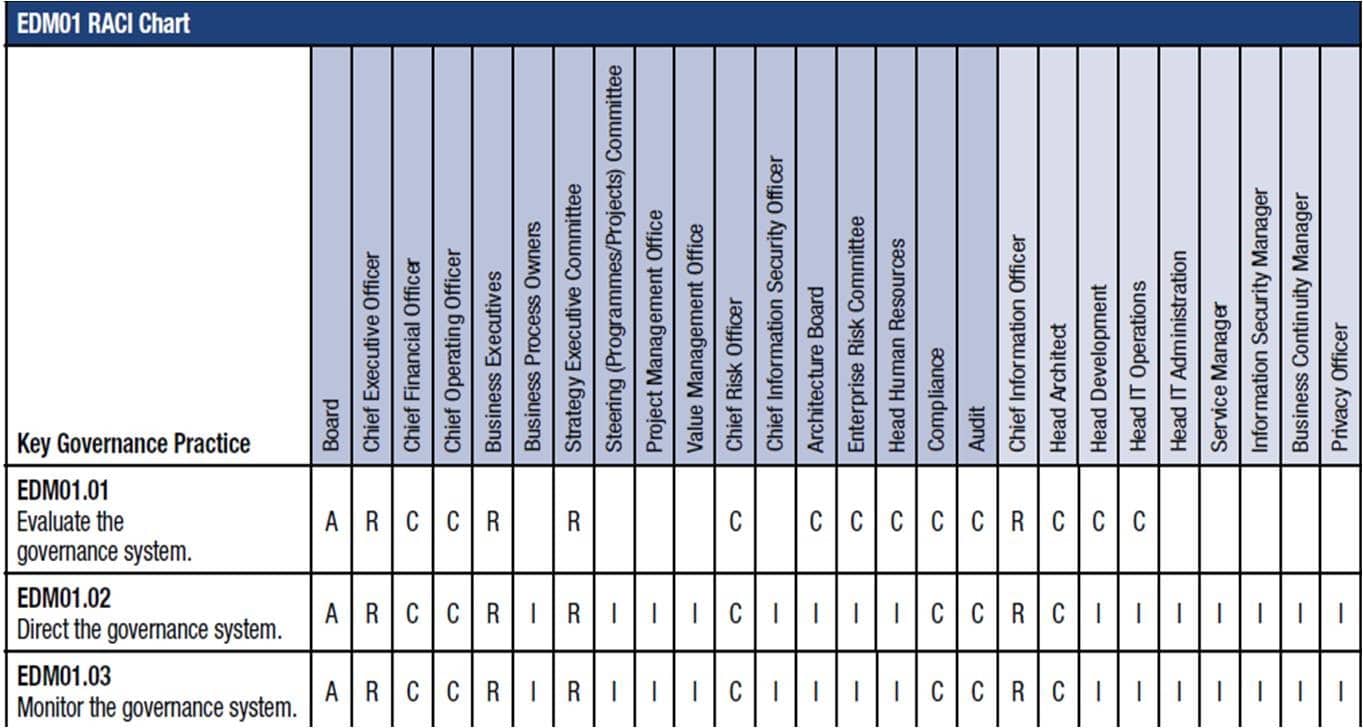Month end accounting has always been a business critical exercise. Without the balance sheet, income statement, and other financial reports this exercise ultimately produces, management could not make informed decisions to keep the company in the right direction and at the ideal operational speed.
Now, in order to maintain optimal business velocity, month end activities have to be carried out as swiftly and as accurately as possible. Delays will only inhibit managers from reacting and effecting necessary adjustments in time. Inaccurate information, on the other hand, obviously lead to bad decisions.
But that’s not all. Never has the month end close been as demanding as it is today. Regulations like the Sarbanes-Oxley Act, Solvency II, Dodd-Frank Act, and others, which call for more stringent controls and more robust risk management practices, are now forcing companies to find better ways to face the end of the month.
Sticking to old month-end practices while striving to achieve regulation compliance can either cost a company more (if they add manpower) or simply bog it down (if they don’t). Among the worst of these practices is the use of spreadsheets.
These User Developed Applications (UDAs) are very susceptible to errors. (See spreadsheet risks)
What’s more, consolidating data from spreadsheets as well as carrying out reconciliations on them is very time consuming. These activities usually require data from outside sources – i.e. a workstation in a different department, building, or (in the case of really large corporations) geographical locations.
Furthermore, if one of these sources fail, the financial reports won’t be complete. This is not a far-fetched scenario, considering that spreadsheet storage and backup is typically carried out by the average end user. This leaves the spreadsheet data vulnerable to hard disk crashes, virus attacks, and unexpected disasters.
Thus, in order to produce accurate financial reports on time all the time, you need a financial/IT solution that offers optimal provisions for risk management, collaboration, backup, and business continuity. Learn about server-based solutions and discover a better way to carry out month end accounting.


